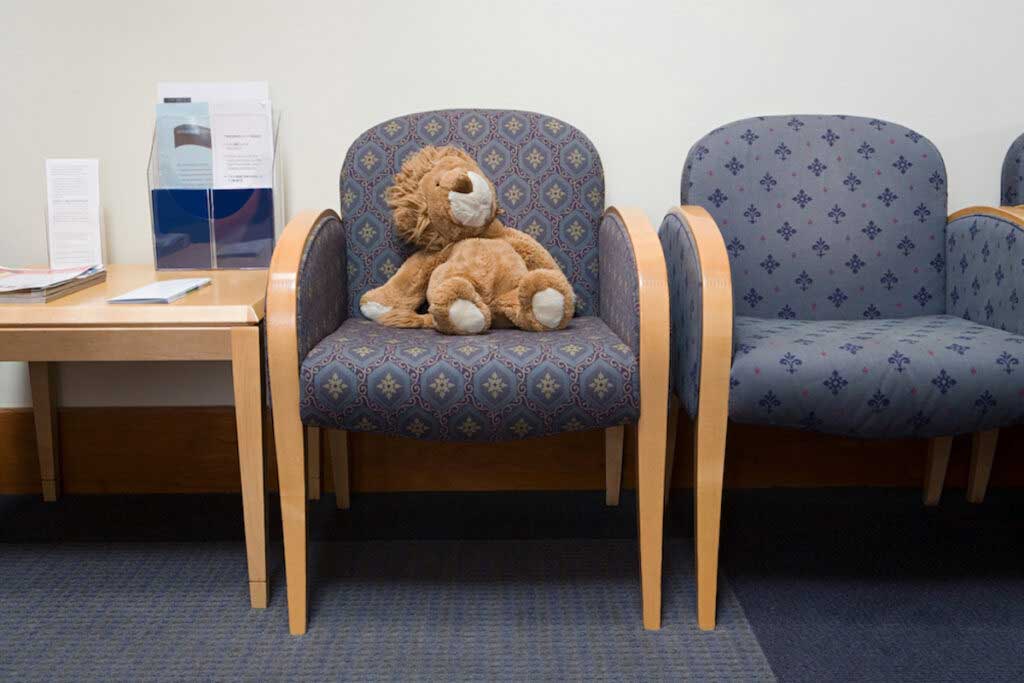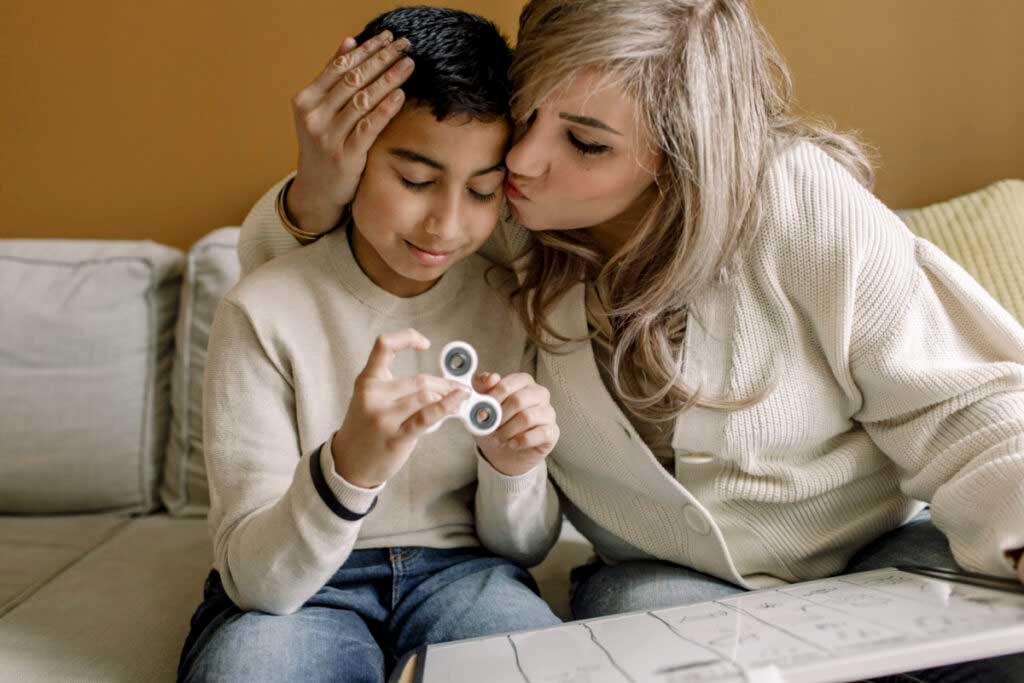Is it just me, or are girls starting puberty earlier? Growing up in the ’80s and early ’90s, I don’t recall any of my girlfriends starting their period before age 12, and there was maybe like one girl who wore a bra before sixth grade. Fast-forward to now, and it seems every girl I know, including my daughter, started menstruating at age 10 or 11. I’ve heard other moms make similar remarks. Is this really a trend? And if so, do we know what’s behind it?
—Minneapolis Momma
It is not just you.
The most concrete way we have to measure the age of puberty is with menarche, the age of your first period. Puberty is a whole host of changes — body hair, breasts, wider hips, acne, hormone-induced crankiness — but most of these are either not commonly reported in data or are difficult to pinpoint the timing of. A first period is concrete, many women remember when theirs was, and it’s an important puberty milestone.
The age of menstruation has been dropping over a very long period — hundreds of years. A historical reason for this is better nutrition. The fact that the age of menarche in the U.S. dropped between, say, 1850 and 1950 reflects this improvement in consistent food access.

In the more recent period, though, even once adequate nutrition is broadly available, we have continued to see some declines. Based on CDC data, the median age of a first period dropped from 12.1 years in the 1995 survey to 11.9 in the 2013-2017 data. In the 1995 data, 28% of women had their period at 11 or younger; by the 2013-2017 data, this was up to 36%.
There is a bit of data using a more global sample suggesting that the age of breast development has also declined, which would be consistent with the menarche data.
Why this is happening is less clear. One interesting article, looking over 50 years of data, illustrates a variety of patterns. Among white women, higher income was historically associated with earlier menarche but is now associated with later. In general, Black women get their periods earlier, and the relationship with socioeconomic status isn’t there in earlier or later data. The trend toward earlier menarche in both racial groups occurs only among poor women.
Developing an explanation that predicts all of this is a challenge. Changes in weight, the contents of milk, and various chemical exposures have all been explored, but there is no concrete data to prove any particular theory.
Bottom line: yes, there is a trend; no, we do not really know why.


















Log in